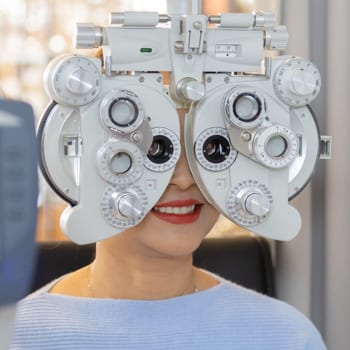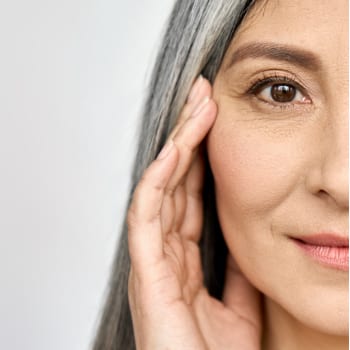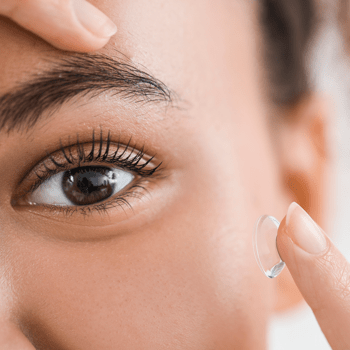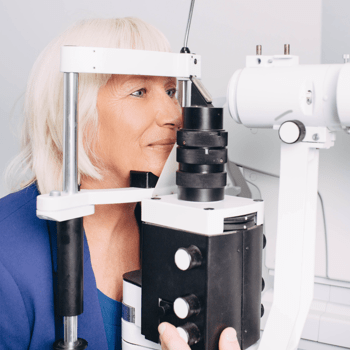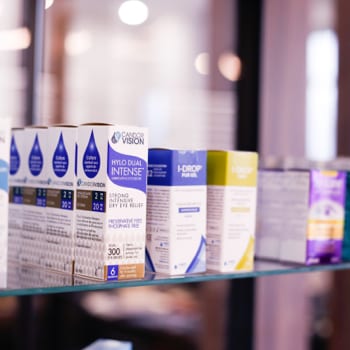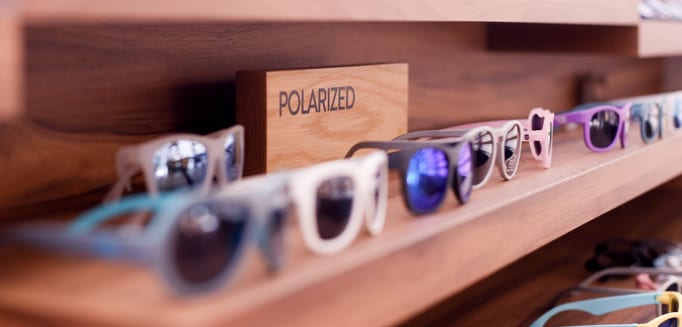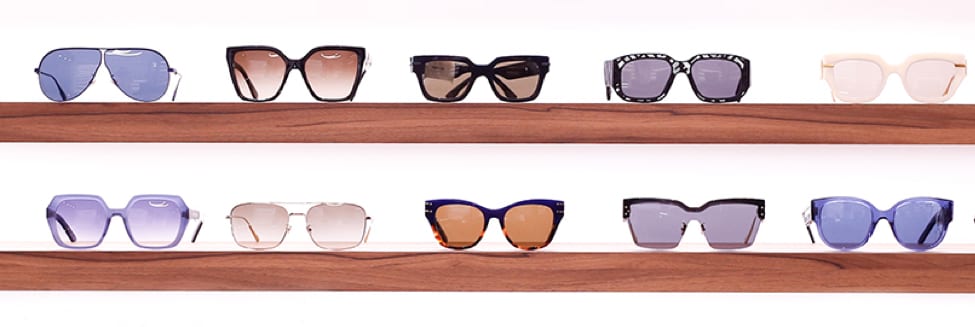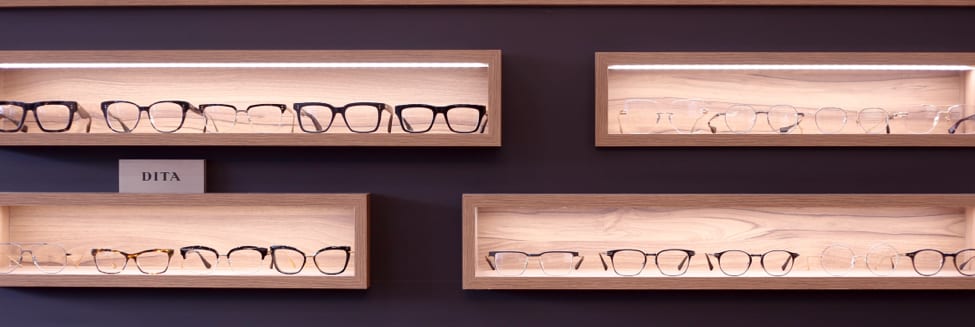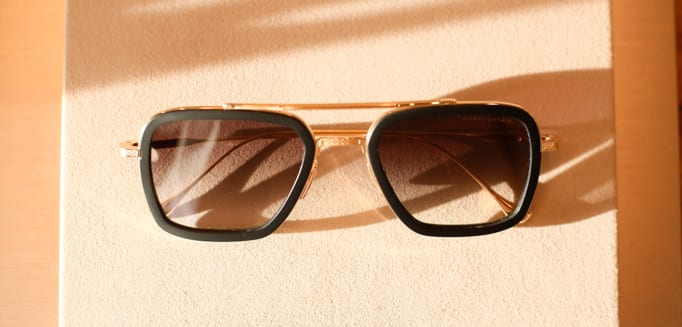The winter season brings many joys and winter activities, like skiing, ice skating, or building snowmen. But, the colder temperatures and lower humidity can also cause some discomfort, especially for those with dry eyes. Your optometrist can diagnose it during a routine eye exam.
While winter can make dry eyes more likely, we have some tips to help curb the uncomfortable symptoms they cause, such as humidifiers, eye drops, and warm compresses.
What Are Dry Eyes?
Dry eye syndrome is a common condition that occurs when there isn’t enough moisture in your eyes to keep them hydrated and comfortable. This lack of moisture can lead to frustrating symptoms like:
- Red eyes
- Stinging or burning
- Blurry vision
- Eye mucus
- Light sensitivity
- Excessively watery eyes
These symptoms vary from person to person depending on how you react to dryness, but they can also depend on the type of dry eye syndrome you have. Tears are more complex than you realize, which unfortunately also means there is more than one way something can go wrong. While there are 2 types of dry eyes, they are impacted by various factors.
The 2 primary types of dry eyes include:
- Evaporative dry eyes: your tears are low-quality and evaporate too fast. This is more common than most people think, especially given steady increases in screentime usage, which exacerbates or can cause dry eye symptoms.
- Aqueous deficiency dry eyes: your body doesn’t produce enough tears to keep your eyes hydrated. This is more commonly associated with anatomical or systemic health conditions.
What Causes Dry Eyes in Winter?
Common factors that can result in dry eyes include:
- Age
- Gender (women are more likely to develop dry eyes)
- Medical conditions, such as rheumatoid arthritis and diabetes
- Medications, such as antihistamines, decongestants, and antidepressants
- Excessive screen time
- Smoky, windy, and dry environments
Winter tends to worsen these factors because the air is drier, making your tears evaporate quicker than you can make them. It’s also cold! To fight the chill, you may turn up the heat or put out some space heaters. As a result, your furnace and heaters can dry out the air even more, and your eyes might pay the price.
As parents with young kids know, colds and the flu can run rampant in winter. Those with these illnesses tend to take more decongestants to soothe their symptoms. However, decongestants can affect your tear production and lead to dry eyes.
Dry Eye Care Tips
Managing dry eyes focuses on restoring moisture and increasing tear quality. If you’re experiencing an increase in dry eye symptoms in winter, here are some tips to help you find relief.
Artificial Tears
Over-the-counter eye drops can provide temporary relief. Also called artificial tears, they work like natural tears by adding moisture to your eyes to keep them hydrated and comfortable.
There are a range of eye drops available, and your optometrist can recommend a brand to help with your particular symptoms. And if you’re a contact lens wearer, you need contact-friendly eye drops. Some drops contain ingredients that can adhere to your lenses and cause irritation.
Humidifiers
In the colder months, air humidity drops significantly. Using a humidifier can help add moisture to your home and help prevent dry eyes. You can purchase a portable humidifier that’s easy to use and move from room to room. This could be an effective way to supplement your home humidification system.
If you’re already using a humidifier, keep it clean. Bacteria and mould can build up in humidifiers, which can cause further eye irritation or allergic reactions that can lead to dry eyes.
Ointments
If artificial tears aren’t enough to address your winter dry eye symptoms, your optometrist might suggest eye ointments. These are thicker than eye drops and can blur vision, so they’re usually put in before bed.
Warm Compress
A warm compress can be an effective way to find relief from painful dry eye symptoms. It can also be quite easy to make at home.
- Fill a bowl or container with warm water.
- Take a washcloth or towel and dip it into the warm water.
- Remove the washcloth from the water and wring it out.
- Fold the washcloth until it’s just big enough to cover both eyes.
Place the compress gently over your eyes and leave it on for about 5–10 minutes. The issue with these home remedies is the need to frequently reheat the compress, which decreases compliance and use. Alternatively, the industry has microwavable compresses (Bruder mask/BlephaEyeBag) that are efficacious and easier to use than home remedies.
If more aggressive treatments are needed, Intense Pulsed Light (IPL), Radiofrequency (RF), MiboThermoFlow, Meibomian gland expression are in office treatments that address more severe forms of dry eye disease.
Proactive Care for Dry Eyes in Winter
If you know you’re susceptible to dry eyes, some steps you can take to help reduce your chances of getting it in winter include:
- Lowering your indoor heating.
- Avoiding hair dryers.
- Adding more omega-3 fatty acids to your diet.
- Wearing eye protection that can block the wind.
- Drinking plenty of water.
- Turning your car heaters away from your eyes.
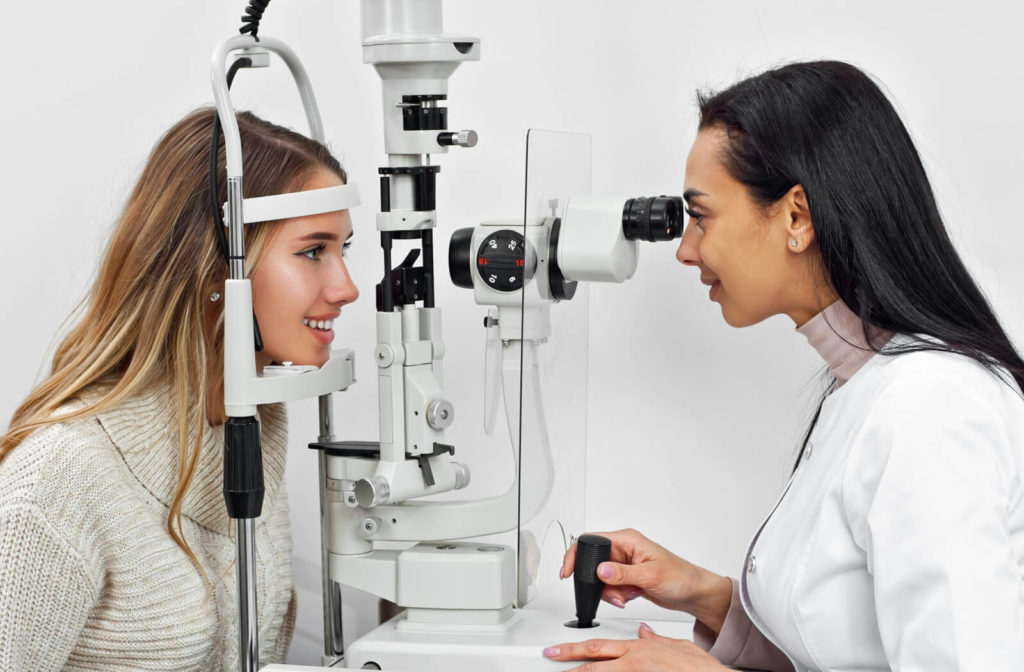
Dry Eye Care in Vaughan
Winter can be a pain for dry eyes, but it doesn’t have to be. At Foresee Eyecare, we can help you find options for reducing dry eye symptoms and provide hydration and comfort. Book an appointment for dry eye therapy today. Our team can diagnose your symptoms and set you on the path to a winter wonderland of healthy vision.


